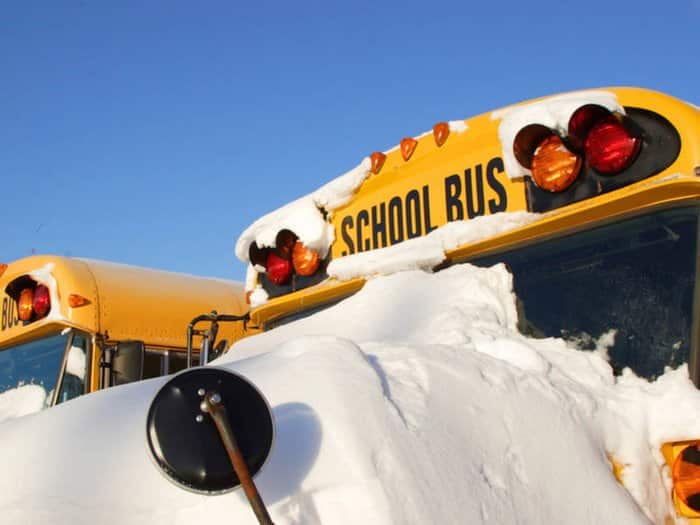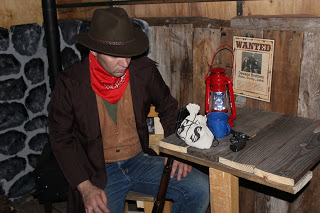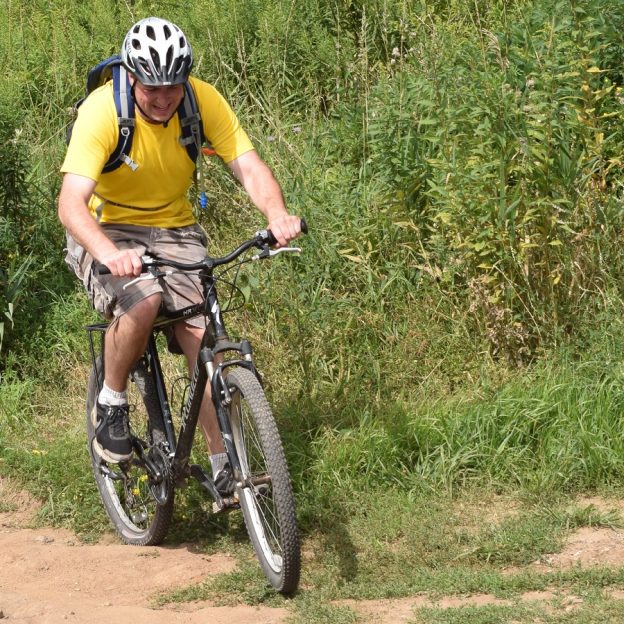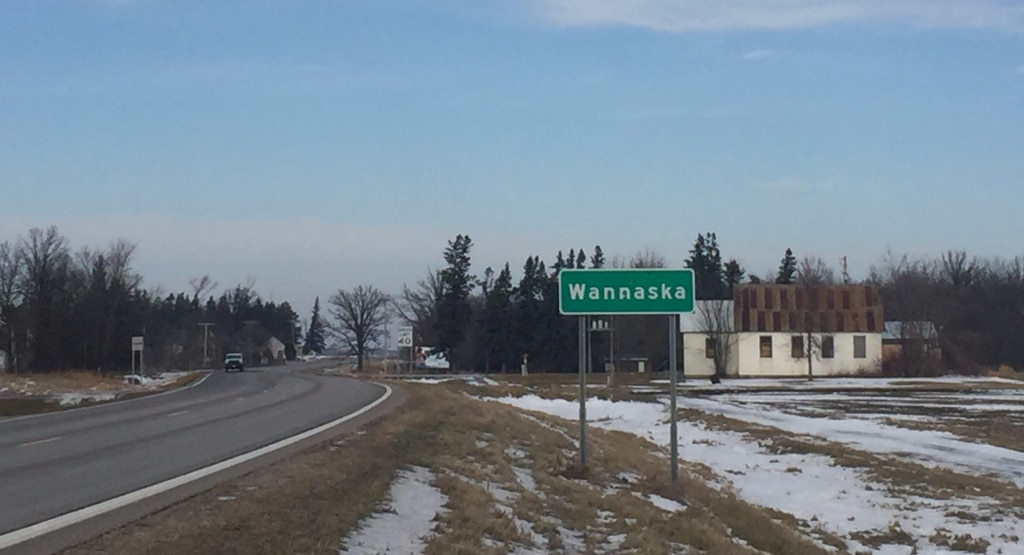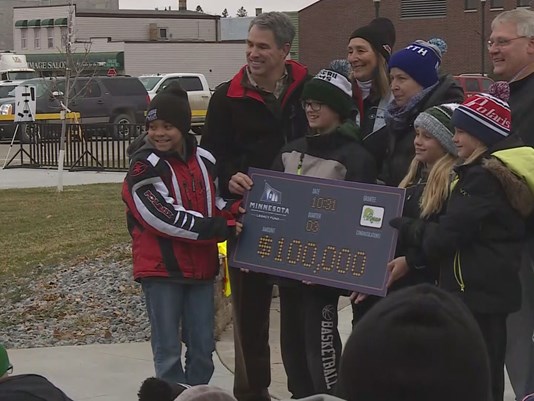[vc_row][vc_column][vc_column_text css=”.vc_custom_1545148331399{margin-bottom: 0px !important;}”]
The New York Times, By Robert D. McFadden
Dec. 9, 2018
Bob Bergland, a Minnesota Democrat who as a liberal congressman and President Jimmy Carter’s secretary of agriculture was a zealous advocate for America’s consumers as well as its farmers, died on Sunday in his hometown, Roseau, Minn. He was 90.
Mr. Bergland’s son, Franklyn, said he died at LifeCare Roseau Manor, a nursing home where he had resided recently.
A descendant of 19th century Norwegians who settled in the blizzard country of northern Minnesota, Mr. Bergland experienced poverty, unemployment and, as a young man, was forced to leave his farm and go to Florida to find work. Later, representing a vast, largely rural district in Congress from 1971 to 1977, and then as a member of the Carter cabinet until 1981, he spoke passionately about his hard-pressed constituents.
“I know what it’s like to be poor,” he told The New York Times in 1978. “I know those times when we lost a crop and couldn’t find steady work around Roseau. I couldn’t buy milk for my kids then. I’m terribly upset when people who don’t know what they’re talking about criticize the poor who are struggling and want to work.”
In an era when small family farms were being gobbled up by agribusiness, and when soaring inflation was corroding the purchasing power of millions of Americans, Mr. Bergland angered many farmers by tempering his advocacy of farm subsidies and price supports, and offering evenhanded encouragements for inflation-weary consumers.
Are farmers and consumers natural enemies? It might seem a simple matter of logic: When farmers make more money for their products, consumers must pay more to get them. But things are never quite so simple when it comes to farmers and consumers, especially in the tangled politics that link them in the economic scheme of things.
“I regard the consumer as the farmers’ customer, not his enemy,” Mr. Bergland told The Times, compressing the conflict into a kind of brotherhood of interests. “And neither side is right every time in every argument.”
As a practical matter, the secretary of agriculture may provide crop and land-use subsidies to farmers, promote price supports and grant farm loans in lean years. Contrary to popular assumption, however, the secretary is not simply a farmers’ advocate, and has no mandate to assure the welfare of individual farmers.
“Compounding the secretary’s problem with the farmers is the fact that while all farmers want profits, few of them can agree on what should be done to insure them,” Seth S. King wrote in a New York Times Magazine profile of Mr. Bergland in 1978. “Mr. Bergland is like the man trying to stuff an inner tube into a tire casing. If he pushes in one part, another pops out.”
Demanding higher price supports and calling unsuccessfully for a nationwide farm strike, hundreds of farmers invaded the nation’s capital on tractors, camper vans and pickup trucks in 1979. They broke into the Department of Agriculture building and occupied Mr. Bergland’s office, and wandered through the Capitol and confronted Mr. Bergland at a committee hearing.
“There’s no quick fix or free lunch in this business,” he told them. “It’s not the role of the federal government to guarantee all farmers a profit year after year. We have the responsibility to keep agriculture productive and strong, but the nation does not have the responsibility of assuming all the risks of farming.”
“Bob Bergland is a farmer and he understands this business,” said Earl Hayes, a Kansas farmer and leader of a wheat growers’ association. “But he’s something of a hired man and he’s had to temper his dealing with the budget boys. He’s tried to be broad-minded, and this makes him look a little wishy-washy to some farmers.”
As secretary of agriculture, Mr. Bergland directed a department of 83,000 employees whose work affected virtually every taxpayer and consumer in America. Its 9,000 inspectors guarded the cleanliness and quality of meats. It lent $30 million a year to farmers, issued crop reports that influenced markets; supervised subsidies, controlled the labeling of packaged foods and directed $9.3 billion in programs that provided food stamps to 15 million people and lunches at 95,000 schools.
Among his signature achievements, Mr. Bergland helped steer the Farm Act of 1977 through Congress. It created a grain reserve that became a primary weapon to flatten boom-and-bust cycles. Under the plan, the government paid farmers to store grain on their own farms, holding it during fat years when prices were low, and marketing it in lean years when supplies were low and prices rose.
Mr. Bergland also created an assistant secretary of agriculture to protect consumer interests, and named Carol Tucker Foreman, executive director of the Consumer Federation of America, to fill it. She was a tough adversary of food processors, meatpackers and, indirectly, of farmers, demanding true-weight labeling on food packages, ordering junk food off school lunches, tightening rules on preservatives and launching studies on carcinogens and dietary effects on health.
“It was my idea and my appointment,” Mr. Bergland said. “The Agriculture Department is going to be all the people’s department, not just the farmers.”
Before leaving office, Mr. Bergland unveiled a study that drew a relatively rosy picture of the nation’s agriculture. World demand for American grains had burgeoned, he said, and most of the price-depressing surpluses had been sold. He also said that food production was nearing capacity, and that family farms with annual incomes of about $150,000 were the most efficient.
Robert Selmer Bergland was born in Roseau, near Minnesota’s Canadian border, on July 22, 1928, one of four children of Selmer Bennett Bergland, a garage mechanic, and the former Mabel Evans, a teacher. The parents soon bought and began working a 360-acre wheat farm. His father was a Populist who sometimes voted Republican.
Bob, as he was always called, and his siblings, Glen, Betty and Philip, worked long hours in all kinds of weather on the farm. He made light of a climate with “nine months of winter and three months of tough sledding.”
After graduating from Roseau High School in 1946, Bob attended the University of Minnesota School of Agriculture on a scholarship. He finished the two-year course in 1948 and joined the Minnesota Farmers Union as a field rep, and became active in the National Farmers Union.
In 1950, he married Helen Grahn. They had seven children: Dianne, Linda, Stevan, Jon, Allan, Bill, and Franklyn.
Besides Franklyn, Mr. Bergland is survived by two other sons, Allan and Bill; two daughters, Dianne Dahl and Linda Vatnsdal; a brother, Glen; 13 grandchildren and numerous great-grandchildren.
The couple borrowed to buy a 280-acre wheat farm. After several bad-weather crop failures, he was unable to find work in the area. He moved his family to Florida and took seasonal jobs as a construction laborer and carpenter. Fired for union organizing, he returned to his farm in Minnesota and became a Farmers Union organizer.
In 1961, Orville L. Freeman, President John F. Kennedy’s secretary of agriculture, named Mr. Bergland chairman of the Minnesota Agricultural Stabilization and Conservation Service, an arm of the United States Department of Agriculture. Two years later, he was promoted to Midwest regional director of the service, a position he held for five years.
He lost his first race for Congress on the Minnesota Democratic-Farmer-Labor Party ticket in 1968, but upset a Republican in 1970 and was re-elected three times by increasing margins. He was named to the Cabinet before serving his last term.
In the House, he backed farmer, consumer and environmental causes. There was little surprise when President-elect Carter, a farmer, chose Mr. Bergland as agriculture secretary.
After his Washington years, Mr. Bergland was president of Farmland-Eaton World Trade in 1981-82. He then became executive vice president and general manager of the National Rural Electric Cooperative Association until his retirement in 1993.
In his days as agriculture secretary, when he was scolded by farmers as a consumer advocate, and by consumers as a farm advocate, he kept on his office wall a picture of an unhappy mule, who had tried to jump a fence but got only halfway over. The caption said, “You’re damned if you do, and you’re damned if you don’t.”
[/vc_column_text][/vc_column][/vc_row]


